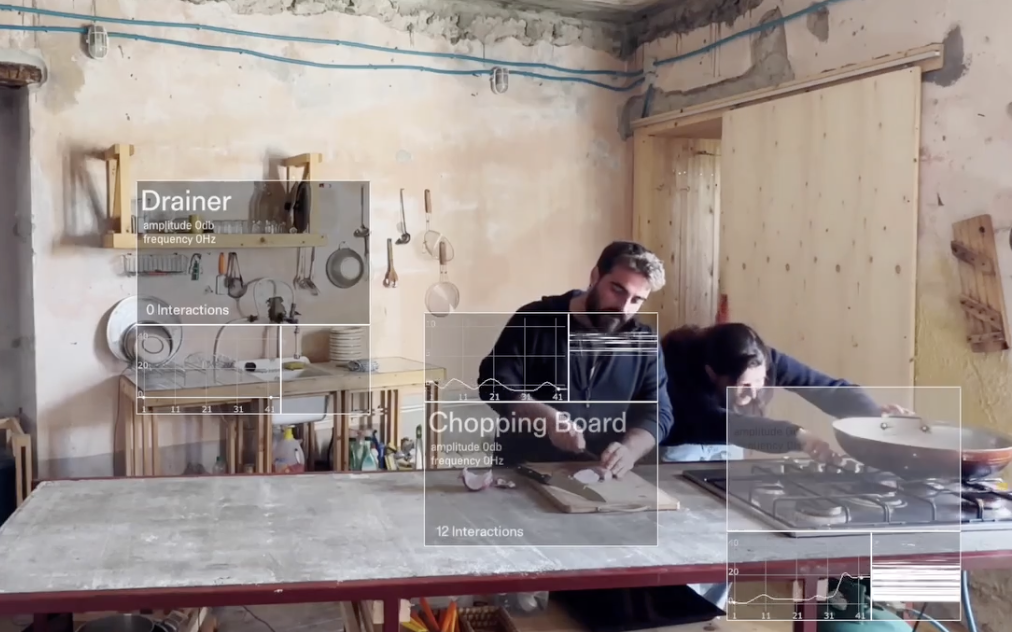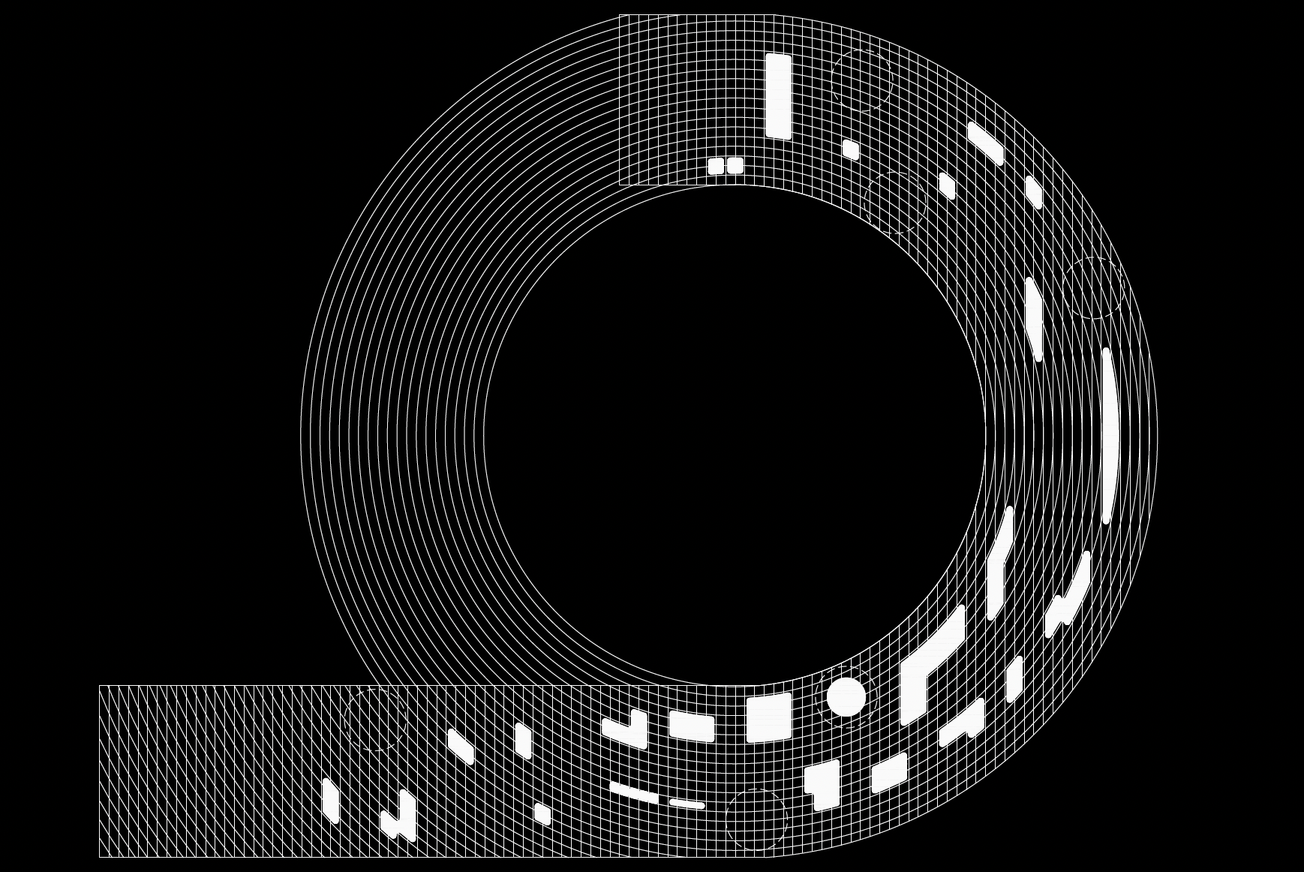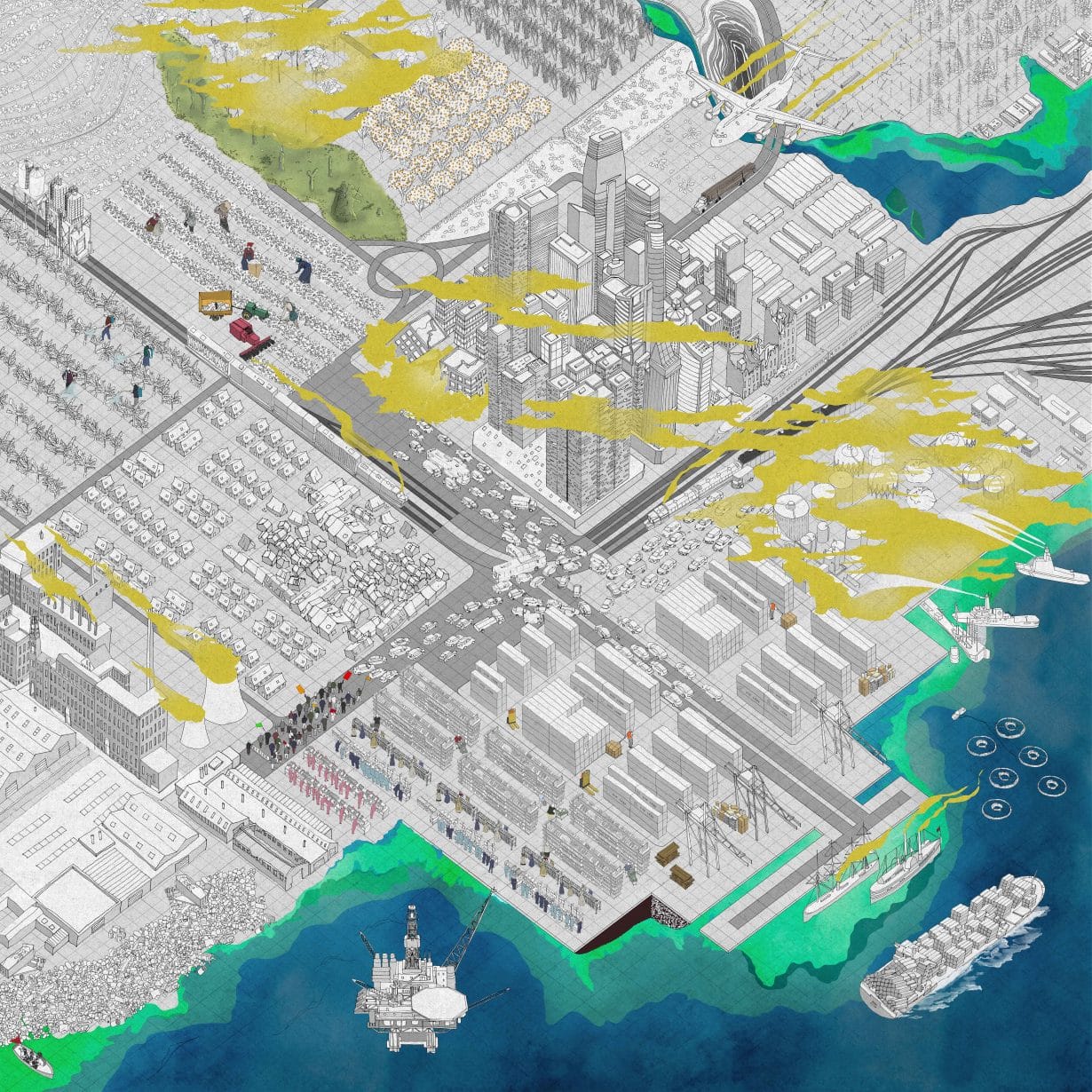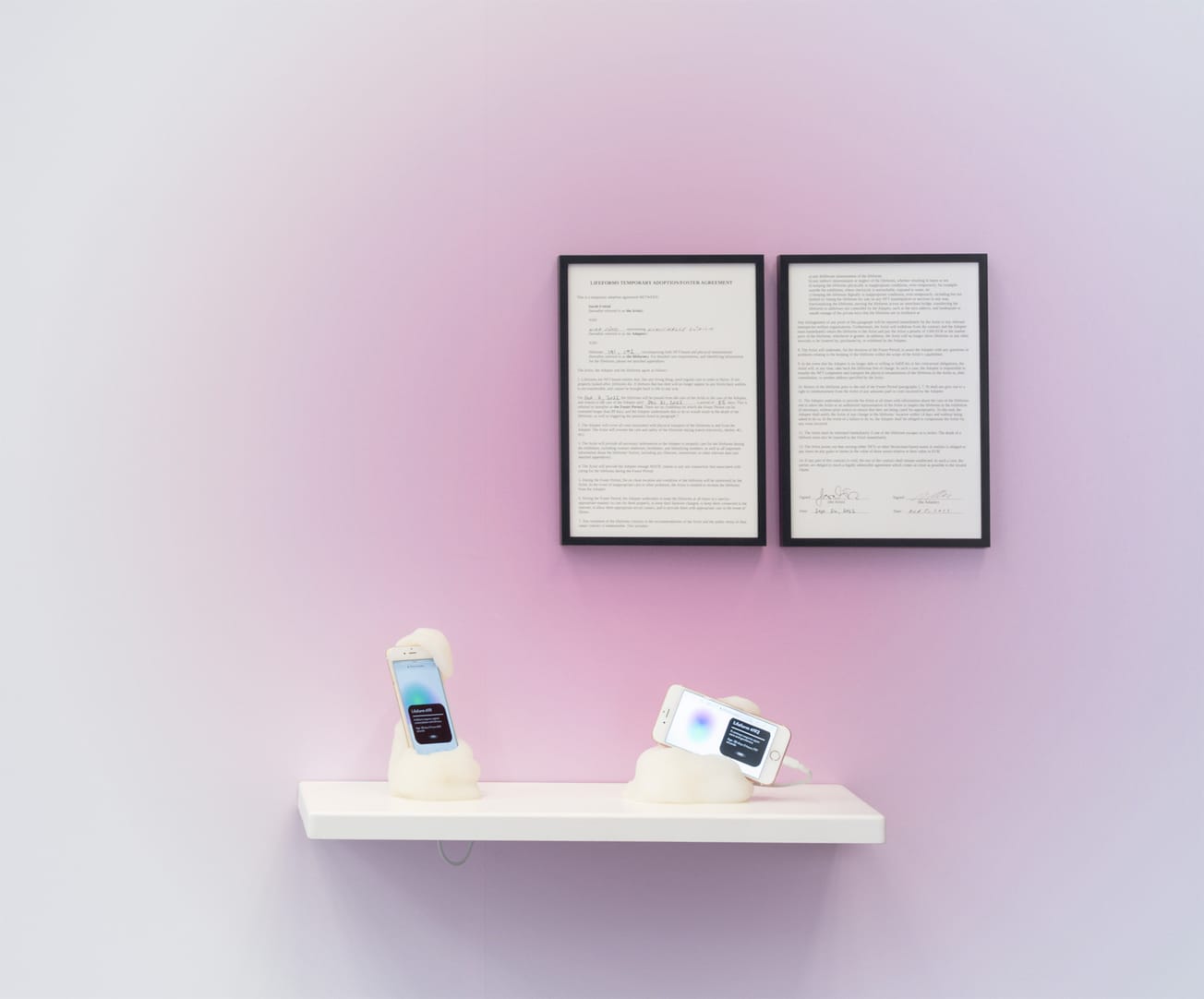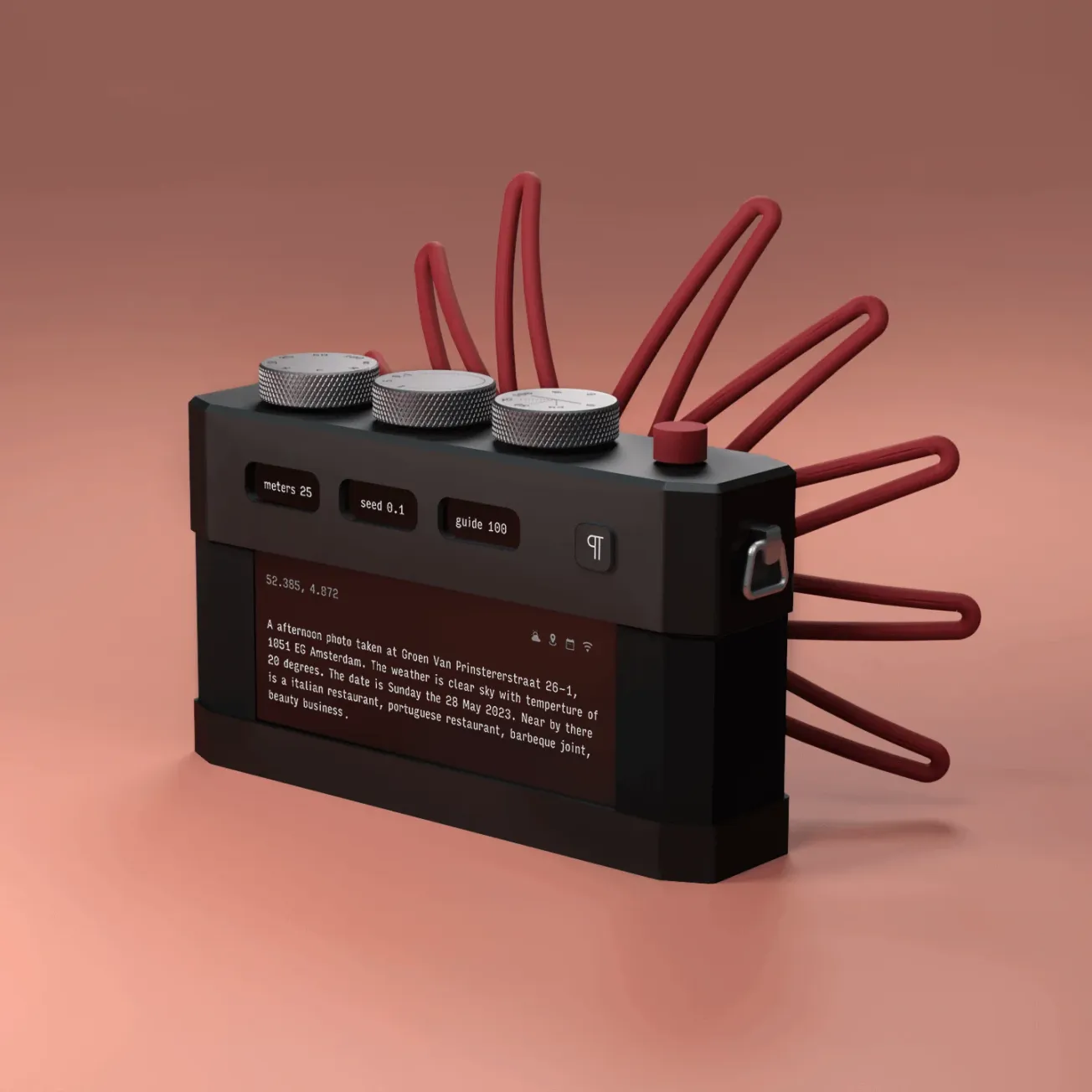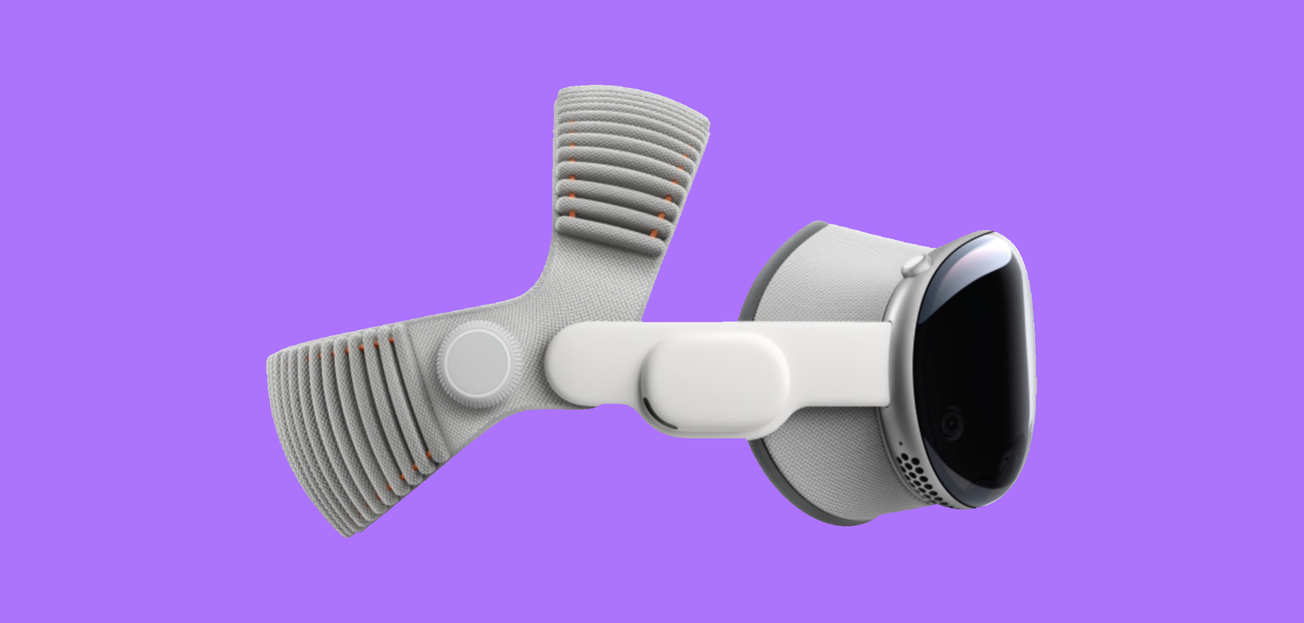You enter a room. No switches, no screens—just presence. The lights shift to match your mood. Invisible sensors track your movement. Your playlist resumes not from memory, but from context. No command was given. Yet the environment responds. This isn’t a prototype tucked away in a research lab. It’s the direction contemporary design is headed—where interaction happens not on devices, but in space itself.
Spatial computing and ambient intelligence are dissolving the boundaries between user and interface, turning environments into sensors, surfaces into screens, and behaviors into input. But designing for these systems isn’t about optimizing productivity—it’s about choreographing experience, behavior, and sometimes emotion. These designers aren’t interested in sleek dashboards or “killer apps.” They’re building systems that breathe, adapt, and sometimes challenge. Their work raises the stakes for designers everywhere: how do we make environments that think without dictating, that respond without intruding?
Felecia Davis: Computational Textiles as Living Architecture
Felecia Davis, architect and researcher at Pennsylvania State University, leads SOFTLAB@PSU, where she pioneers computational textiles that respond to emotion, touch, and environmental conditions. Her work transforms fabric into sensing and display systems, reimagining walls, curtains, and clothing as ambient, interactive surfaces.
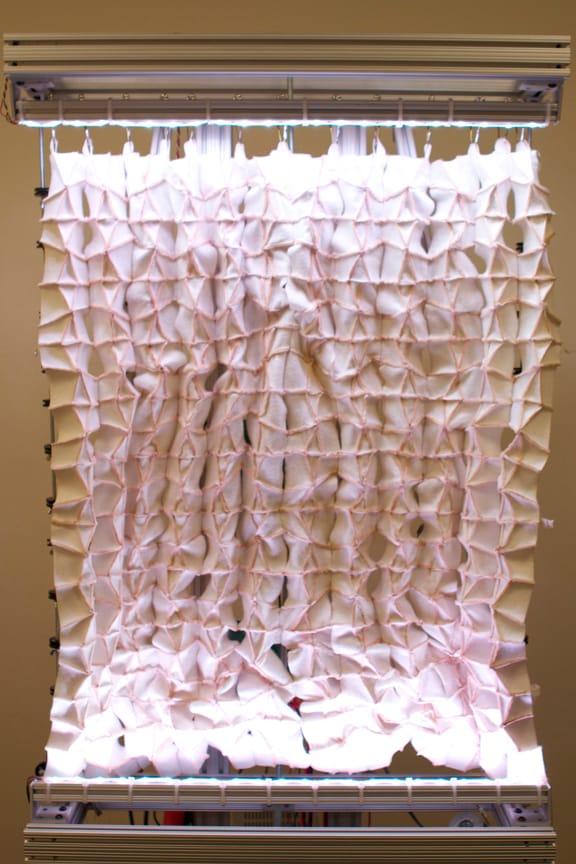
In her project Textile Mirror, developed in collaboration with Microsoft Research, Davis created a fabric wall panel that changes shape in response to users' emotional states. The panel uses nitinol wires sewn into the fabric, which contract or relax based on biometric data, causing the textile to crumple or smooth out, reflecting the user's stress levels. This interaction encourages users to become more aware of their emotions and potentially modulate them.

Another significant project, FELT (Feelings Emotions Linked through Touch), is a 5’ x 6’ computational textile panel designed to understand what emotions are communicated to people using vision and touch from a still and shape-changing textile. The study involved textiles that could move into different states, such as from flat to hair raised, with reaction speeds calibrated to mimic animal responses to stimuli like anger or fear. This work explores how computational textiles can communicate emotions and potentially serve therapeutic or communicative purposes.
Bruno Zamborlin: Surfaces That Listen and Respond
Bruno Zamborlin is an artist and technologist reimagining everyday surfaces as interactive interfaces through his innovation, HyperSurfaces. By embedding vibration sensors and AI models into physical objects, Zamborlin transforms walls, furniture, and appliances into computationally active touchpoints.
In one demo, a wooden table responds differently when tapped, stroked, or knocked, each gesture triggering a unique function or feedback. No cameras. No screens. Just ambient, context-aware interaction. This frictionless interface design is especially valuable in public and industrial spaces, where hands-free or screen-free interaction enhances accessibility and safety.
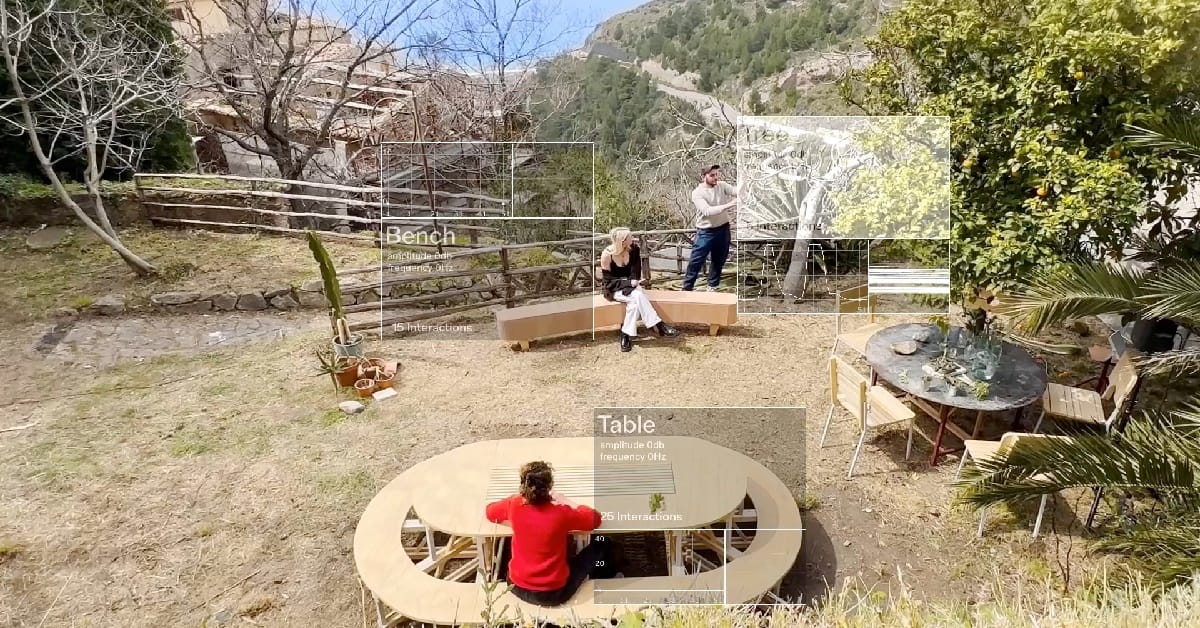
Zamborlin’s approach departs from typical gesture or vision-based control systems by capturing the micro-vibrations generated by human contact, using machine learning to classify them in real time. The sensors are inexpensive and scalable, making it feasible to retrofit legacy surfaces without redesigning physical form factors. His work implies a vision of interaction design where intelligence is latent in the materials that surround us, not just embedded in screens.

HyperSurfaces has seen applications ranging from smart homes to automotive interfaces, where dashboards respond to simple knocks and strokes rather than conventional buttons or voice commands. For Zamborlin, the future of interaction is haptic, embodied, and ambient—enabling a more seamless and inclusive relationship with the physical world. By embedding vibration sensors and AI models into physical objects, Zamborlin transforms walls, furniture, and appliances into computationally active touchpoints.
Carlo Ratti: Cities as Sensing Platforms
Carlo Ratti, director of the MIT Senseable City Lab and founder of Carlo Ratti Associati, is redefining architecture through environmental responsiveness and real-time data. His projects use spatial computing and ambient intelligence to reshape how buildings and urban systems behave.
At the Fondazione Agnelli office building in Turin, Ratti’s firm implemented a responsive climate control system that tracks occupant location and preferences to dynamically adjust lighting, airflow, and temperature. The system saves energy while personalizing comfort—without any visible interface. In Singapore’s CapitaSpring Tower, Ratti integrated digital monitoring systems into the vertical farm spaces, ensuring optimal growing conditions while blending agriculture into the architectural fabric.

Ratti’s broader research at MIT focuses on the city as a sensing platform. His team uses mobile data, GPS, and sensor networks to map how people move, gather, and interact in urban space—insights that inform everything from public health to transportation planning. These projects go beyond visualization; they propose real-time feedback loops between citizens and infrastructure.
Early innovations include the Digital Water Pavilion at the 2008 Zaragoza Expo—an architectural structure with programmable water walls that respond to movement—and the CURA (Connected Units for Respiratory Ailments) pods, mobile intensive-care units developed during COVID-19 that reflect a responsive, modular approach to emergency health infrastructure.
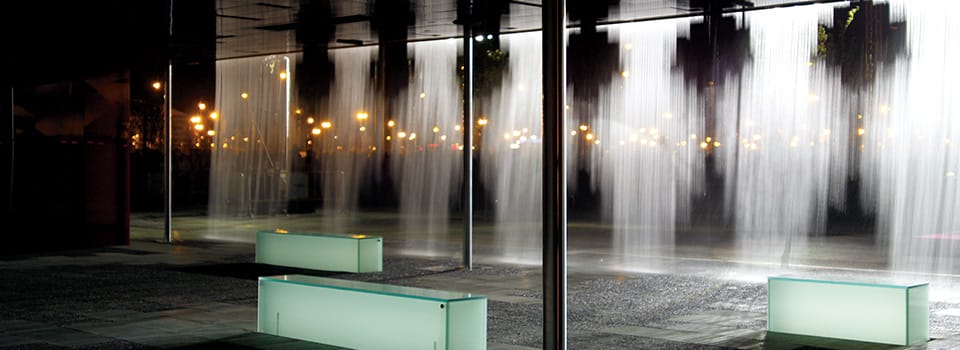
Ratti’s work challenges traditional boundaries of architecture, treating space as a mutable interface shaped by behavior, data, and adaptive systems. His designs push the notion that cities should not just be built for people, but built with their ongoing input—responsive, flexible, and alive, is redefining architecture through environmental responsiveness and real-time data. His projects use spatial computing and ambient intelligence to reshape how buildings and urban systems behave.
From Interface to Atmosphere
Spatial computing and ambient intelligence share a key principle: context over command. These systems don’t wait for a user to issue instructions. They interpret behaviors, gestures, environmental data—and then act. In doing so, they shift the interaction paradigm from user-centric to environment-centric. For designers, this introduces new opportunities and constraints. The canvas is no longer a screen but a room. Interaction isn’t a click or swipe, but a glance, a posture, or a pattern of presence. Systems must be legible without being distracting. They must offer control without requiring conscious input. At the same time, these environments raise critical questions about agency, privacy, and algorithmic bias. Who owns the data that ambient systems collect? What happens when spatial experiences are optimized not for users, but for advertisers or landlords? And how can designers maintain transparency in systems that aim to disappear?
Toward Responsible Spatial Design
As Apple, Meta, and Google invest heavily in spatial computing platforms—and as smart home ecosystems grow more sophisticated—the infrastructure for ambient and spatial experiences is rapidly scaling. But scale alone doesn’t ensure meaningful design.
What’s needed is a shift in how we think about digital interaction. Rather than designing apps, interfaces, or even objects, the new frontier is experience choreography across time, space, and context. It’s about scripting the behavior of environments—not just their form. Designers like Davis, Zamborlin, and Ratti illustrate how spatial and ambient systems can be more than responsive—they can be critical, poetic, and humane. Their work offers a counter-narrative to corporate techno-futures, showing how space itself can be a medium for care, critique, and connection.

